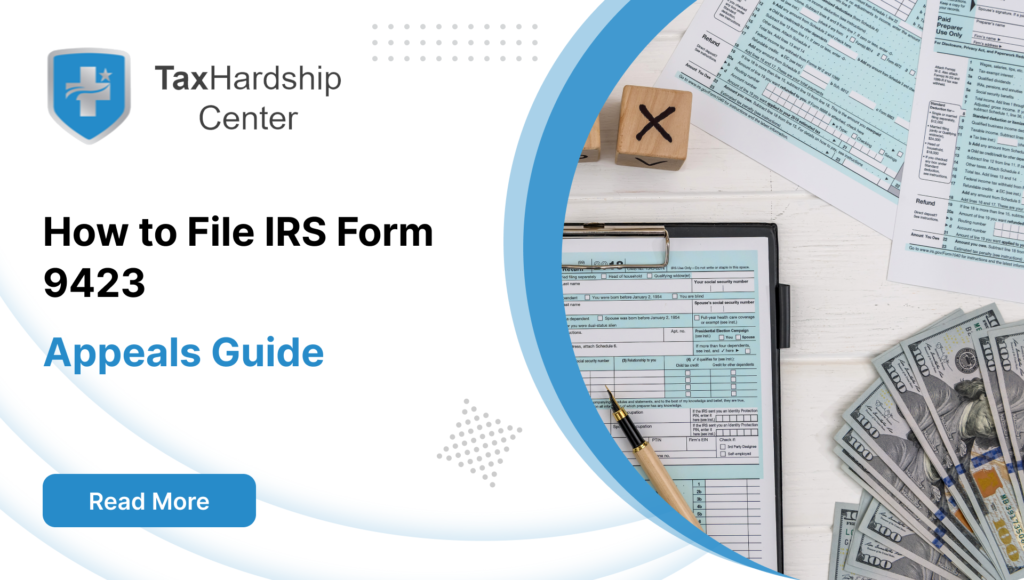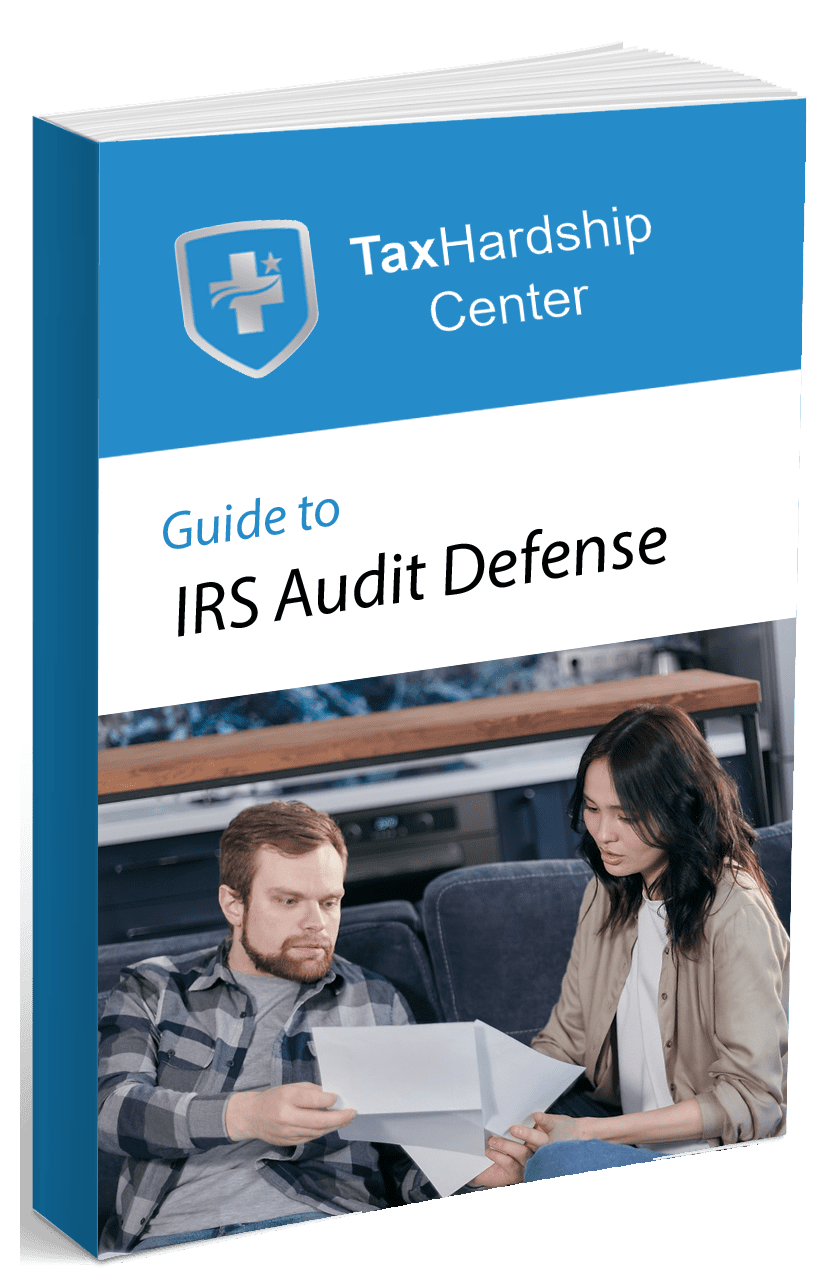Business tax credits offer valuable opportunities for reducing the taxes your business owes. By understanding how these credits work and knowing which ones apply to your business, you can optimize your financial strategy and maximize savings. This guide covers everything from the difference between tax credits and deductions to how to claim credits effectively.
What Are Business Tax Credits?
Business tax credits lower the taxes owed by a business. Unlike deductions, which reduce taxable income, credits directly subtract from the total tax bill. They can promote economic growth, encourage innovation, and support businesses investing in various areas, such as energy efficiency or employee training.
How Business Tax Credits Benefit Companies
Tax credits can significantly reduce businesses’ financial burdens, allowing them to reinvest in growth. By utilizing available credits, companies can save on operational costs, offset investments, and gain financial stability. This ultimately contributes to a healthier bottom line and greater profitability.
Maximize Your Business Tax Credits with Expert Guidance
At Tax Hardship Center, we understand how essential it is for businesses to leverage every opportunity to reduce tax liability. Business tax credits can significantly lower your overall tax bill, but navigating these options can be complex without the right expertise. That’s where we come in.
Our team specializes in helping businesses identify and claim the tax credits that best align with their operations. Whether it’s the Research and Development (R&D) credit for innovative companies or the Work Opportunity Tax Credit (WOTC) for those expanding their workforce, we guide you through the process to ensure you maximize your savings.
With years of experience handling tax issues for businesses across various industries, we know that every dollar saved on taxes is a dollar that can be reinvested into your growth. By partnering with us, you gain access to tailored tax strategies that help you claim credits effectively and keep your business compliant with IRS regulations.
We take the burden off your shoulders by managing the documentation and filing requirements for different credits. From gathering detailed expense reports to ensuring the suitable IRS forms are submitted with your tax return, we handle it all so you can focus on what you do best—running your business.
If you’re looking to optimize your tax strategy and make the most of available business tax credits, Tax Hardship Center is here to help. Reach out to us today, and let’s work together to maximize your savings and position your business for future success.
What’s the Difference Between a Tax Credit and a Tax Deduction?
Though both reduce tax liability, tax credits and deductions work differently. Knowing the distinction can help you maximize savings.
Tax Credits vs. Deductions
- Tax Credits: Directly reduce the amount of tax owed. If you qualify for a $1,000 credit, your tax bill decreases by $1,000.
- Tax Deductions: Reduce taxable income. For instance, if your business earns $100,000 and you have $20,000 in deductions, you pay taxes on $80,000.
Which Is More Beneficial?
Credits typically offer a bigger impact as they directly lower your tax bill, whereas deductions indirectly reduce taxes by lowering the income taxed. For example, a $1,000 credit provides a full $1,000 reduction, while a deduction depends on the tax bracket.
Types of Business Tax Credits
Various business tax credits are available, each designed to support businesses in different areas. Knowing these can help you take full advantage of available savings.
Investment Tax Credits (ITC)
These credits are given to businesses investing in specific assets, such as renewable energy equipment. If your company invests in solar panels, you may qualify for a credit that offsets the installation cost.
Research and Development (R&D) Tax Credits
Companies investing in innovation can benefit from R&D credits. If your business develops new products or processes, you can reduce your tax liability based on eligible research expenses.
Work Opportunity Tax Credit (WOTC)
Businesses that hire individuals from targeted groups, like veterans or individuals with disabilities, may qualify for the WOTC. This credit encourages diversity and inclusion while reducing the financial risk of hiring.
Disabled Access Credit
Small businesses that make their facilities accessible to people with disabilities can receive this credit. It’s designed to offset expenses related to ADA compliance, like installing ramps or accessible restrooms.
Other Examples
- Energy Efficiency Credits: For businesses investing in energy-saving improvements.
- Employee Retention Credit (ERC): For businesses retaining employees during challenging economic periods.
Example of a Business Tax Credit
Consider a small business that installs solar panels. The cost of installation is $50,000. Under the ITC, the company may qualify for a 30% credit, reducing its tax bill by $15,000. This promotes renewable energy use and significantly reduces the business’s taxes.
How To Claim Business Tax Credits
Claiming business tax credits can be straightforward, but it requires careful record-keeping and a thorough understanding of IRS regulations.
Steps to Claim Tax Credits
- Identify Eligible Credits: Research or consult a tax professional to determine which credits apply to your business.
- Keep Detailed Records: Maintain thorough documentation of expenses related to the credits, such as receipts, invoices, and contracts.
- File the Right Forms: Credits require specific IRS forms. For example, Form 6765 is used to claim the R&D credit.
- Submit with Tax Return: Attach the completed forms when filing your business tax return to receive the credit.
Working with a Tax Professional
While some credits are simple to claim, others, like the R&D credit, may involve complex calculations. A tax professional can ensure you maximize your credits while staying compliant with IRS rules.
How Do Tax Credits Work?
Business tax credits are applied after taxable income is calculated, providing a dollar-for-dollar reduction in taxes owed.
Non-Refundable vs. Refundable Tax Credits
- Non-Refundable Credits: You can only reduce your tax liability to zero. Any excess cannot be refunded but may be carried over to future tax years.
- Refundable Credits: If the credit amount exceeds your tax liability, provide a refund. For instance, if your credit is $5,000 but your tax bill is $3,000, you’ll receive the $2,000 difference as a refund.
Carryover of Tax Credits
Certain credits, like non-refundable ones, may be carried forward or back to different tax years. This flexibility helps businesses maximize their benefits even if they can’t fully utilize the credit in the current year.
Conclusion
Understanding business tax credits is essential for maximizing your company’s savings. You can reinvest those savings into growth, innovation, or sustainability efforts by identifying eligible credits and claiming them accurately. If you want to take full advantage of the tax credits available, consult a tax professional today to see how to optimize your business’s financial strategy.
Why Tax Hardship Center?
1. Hassle-Free Assistance
Say goodbye to sleepless nights and endless tax-related stress. At the Tax Hardship Center, we believe in simplifying the complex. Our team of experts is dedicated to guiding you through every step of the process, ensuring that your tax concerns are met with precision and care.
2. 14-Day Money Back Guarantee
We’re so confident in our ability to ease your tax worries that we offer a 14-day money-back guarantee. If, for any reason, you’re not satisfied with our service, we’ll gladly refund your investment. Your peace of mind is our top priority!
3. Free Consultation
Are you curious about how we can transform your tax experience? Book a free consultation now! Our team will assess your situation, answer your questions, and provide free insights tailored to your needs.
4. Nationwide Coverage
No matter which corner of the United States you call home, the Tax Hardship Center covers you. We proudly serve all 50 states, bringing our expertise to your doorstep. Wherever you are, our commitment to excellence follows.
FAQs
1. What is the best tax credit for small businesses?
The best tax credit varies depending on the business type. However, credits like the Research and Development (R&D) and Work Opportunity Tax Credit (WOTC) are commonly beneficial for small businesses.
2. Can a business qualify for more than one tax credit?
Companies can be eligible for multiple credits if they meet each eligibility requirement. Tracking these and consulting with a professional for proper filing is essential.
3. Are business tax credits taxable?
No, business tax credits are not considered taxable income. They are applied to reduce your tax liability directly.
4. What’s the difference between refundable and non-refundable credits?
Refundable credits provide refunds if they exceed your tax owed, while non-refundable credits only reduce taxes to zero.
5. How long do tax credits carry over?
The carryover period depends on the credit. Some may carry forward for up to 20 years or allow carrybacks to previous years.







